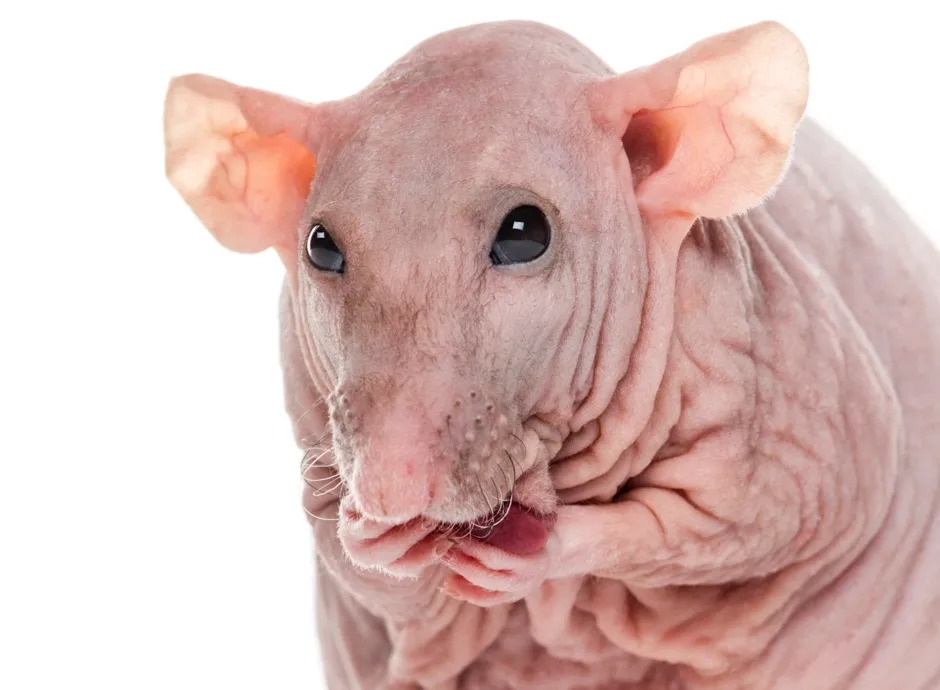Implantable sensors that detect changes in body chemistry have long been of interest to scientists, as they are useful for monitoring disease progression or the success of treatments. However, these sensors cannot remain in place for long as they tend to be rejected by the body after a few days, or become less effective over time.
Now, scientists at Germany’sJohannes Gutenberg University Mainz(JGU) have developed an implantable sensor that can stay in the body for several months.
The sensor is based on gold nanoparticles that are modified with receptors for specific molecules. It is embedded within an artificial tissue, which is then implanted beneath the skin.
Read more about nanoparticles
- Mantis shrimp 'clubs' inspire a new generation of super-tough materials
- Nanoparticles could deliver Alzheimer's treatments to the brain
The gold nanoparticles react to alterations in their surroundings by changing colour. The team exploited this concept to create the sensors.
“Our sensor is like an invisible tattoo, not much bigger than a penny and thinner than one millimetre,” said Prof Carsten Soennichsen, head of the Nanobiotechnology Group at JGU.
In the study, which was published in the journal Nano Letters, the researchers implanted the sensors under the skin of hairless rats. Colour changes of the sensors were detected after the rats had been given various doses of an antibiotic.

The colour change was detected through the skin using a non-invasive device. The sensor was found to remain stable and operational over several months.
“As they [the nanoparticles] can be easily coated with various different receptors, they are an ideal platform for implantable sensors,” explained Dr Katharina Kaefer, first author of the study.
In future, such gold-nanoparticle-based sensors could be used to monitor biomarkers or drugs in the body, making them useful for drug development, medical research, management of chronic diseases or personalised medicine.
Reader Q&A: Why is gold yellow?
Asked by: David Mieduniecki, France
Simple chemistry predicts that gold and silver should have the same silvery appearance. To explain gold’s colour we need something else – a mix of quantum mechanics and Einstein’s Special Relativity.
Quantum mechanics describes an atom’s electrons sitting in discrete orbitals. In the case of silver, it takes a high-energy, ultraviolet photon to kick an electron up to a higher orbital. Lower-energy, visible photons are reflected back so silver acts like a mirror.
Relativity comes into play because, due to the size of gold atoms, its electrons are travelling at over half the speed of light. Einstein’s theory tells us that at these speeds the mass of the electrons increases, which in turn means the energy needed to kick them up to another orbital is reduced.
So lower-energy blue photons are absorbed, and don’t get reflected by the gold. And if blue is removed, we see yellow.
Read more:
